
How to Loop Through Rows in MySQL
November 9, 2023
Looping through rows in MySQL involves iterating over a result set obtained from a query. This is often used to process or manipulate each row individually.
Understanding cursors for row-by-row processing
Cursors in MySQL provide a way to iterate over a result set from a SELECT query. They are essential for row-by-row operations in stored procedures.
DECLARE cursor_name CURSOR FOR select_statement;
Opening and closing a cursor
Before using a cursor, you need to open it. Once processing is done, always ensure to close it to release resources.
OPEN cursor_name; -- Perform operations CLOSE cursor_name;
You could ship faster.
Imagine the time you'd save if you never had to build another internal tool, write a SQL report, or manage another admin panel again. Basedash is built by internal tool builders, for internal tool builders. Our mission is to change the way developers work, so you can focus on building your product.
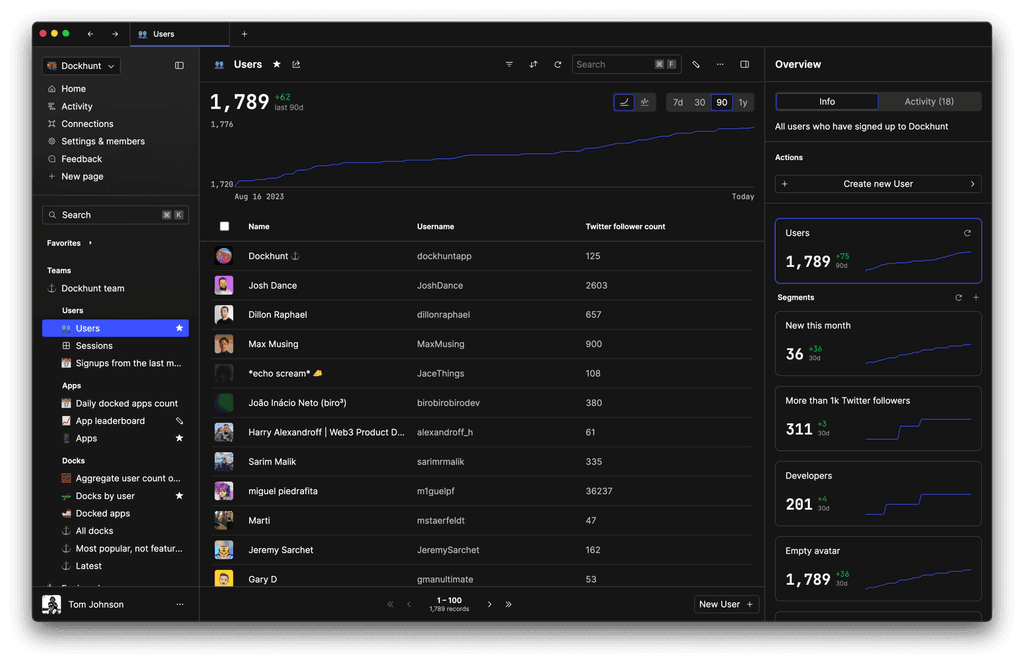
Fetching rows with a cursor
The FETCH statement retrieves the next row from the cursor into variables.
FETCH cursor_name INTO var1, var2;
Looping through rows using cursors
Combine LOOP, FETCH, and EXIT WHEN NOT FOUND to iterate through each row.
DECLARE done INT DEFAULT FALSE; DECLARE CONTINUE HANDLER FOR NOT FOUND SET done = TRUE; OPEN cursor_name; loop_name: LOOP FETCH cursor_name INTO var1, var2; IF done THEN LEAVE loop_name; END IF; -- Process each row here END LOOP loop_name; CLOSE cursor_name;
An example of row-by-row processing
Here’s a practical example demonstrating the whole process.
CREATE PROCEDURE ProcessOrders() BEGIN DECLARE done INT DEFAULT FALSE; DECLARE myOrder INT; DECLARE cursorOrders CURSOR FOR SELECT order_id FROM orders; DECLARE CONTINUE HANDLER FOR NOT FOUND SET done = TRUE; OPEN cursorOrders; read_loop: LOOP FETCH cursorOrders INTO myOrder; IF done THEN LEAVE read_loop; END IF; -- Add custom logic for each order here END LOOP read_loop; CLOSE cursorOrders; END;
This guide presents the essentials of looping through rows in MySQL using cursors. Cursors provide a controlled way to handle data row by row, especially within stored procedures. Remember to always open and close cursors and handle the end of the data set gracefully.
TOC
November 9, 2023
Looping through rows in MySQL involves iterating over a result set obtained from a query. This is often used to process or manipulate each row individually.
Understanding cursors for row-by-row processing
Cursors in MySQL provide a way to iterate over a result set from a SELECT query. They are essential for row-by-row operations in stored procedures.
DECLARE cursor_name CURSOR FOR select_statement;
Opening and closing a cursor
Before using a cursor, you need to open it. Once processing is done, always ensure to close it to release resources.
OPEN cursor_name; -- Perform operations CLOSE cursor_name;
You could ship faster.
Imagine the time you'd save if you never had to build another internal tool, write a SQL report, or manage another admin panel again. Basedash is built by internal tool builders, for internal tool builders. Our mission is to change the way developers work, so you can focus on building your product.

Fetching rows with a cursor
The FETCH statement retrieves the next row from the cursor into variables.
FETCH cursor_name INTO var1, var2;
Looping through rows using cursors
Combine LOOP, FETCH, and EXIT WHEN NOT FOUND to iterate through each row.
DECLARE done INT DEFAULT FALSE; DECLARE CONTINUE HANDLER FOR NOT FOUND SET done = TRUE; OPEN cursor_name; loop_name: LOOP FETCH cursor_name INTO var1, var2; IF done THEN LEAVE loop_name; END IF; -- Process each row here END LOOP loop_name; CLOSE cursor_name;
An example of row-by-row processing
Here’s a practical example demonstrating the whole process.
CREATE PROCEDURE ProcessOrders() BEGIN DECLARE done INT DEFAULT FALSE; DECLARE myOrder INT; DECLARE cursorOrders CURSOR FOR SELECT order_id FROM orders; DECLARE CONTINUE HANDLER FOR NOT FOUND SET done = TRUE; OPEN cursorOrders; read_loop: LOOP FETCH cursorOrders INTO myOrder; IF done THEN LEAVE read_loop; END IF; -- Add custom logic for each order here END LOOP read_loop; CLOSE cursorOrders; END;
This guide presents the essentials of looping through rows in MySQL using cursors. Cursors provide a controlled way to handle data row by row, especially within stored procedures. Remember to always open and close cursors and handle the end of the data set gracefully.
November 9, 2023
Looping through rows in MySQL involves iterating over a result set obtained from a query. This is often used to process or manipulate each row individually.
Understanding cursors for row-by-row processing
Cursors in MySQL provide a way to iterate over a result set from a SELECT query. They are essential for row-by-row operations in stored procedures.
DECLARE cursor_name CURSOR FOR select_statement;
Opening and closing a cursor
Before using a cursor, you need to open it. Once processing is done, always ensure to close it to release resources.
OPEN cursor_name; -- Perform operations CLOSE cursor_name;
You could ship faster.
Imagine the time you'd save if you never had to build another internal tool, write a SQL report, or manage another admin panel again. Basedash is built by internal tool builders, for internal tool builders. Our mission is to change the way developers work, so you can focus on building your product.

Fetching rows with a cursor
The FETCH statement retrieves the next row from the cursor into variables.
FETCH cursor_name INTO var1, var2;
Looping through rows using cursors
Combine LOOP, FETCH, and EXIT WHEN NOT FOUND to iterate through each row.
DECLARE done INT DEFAULT FALSE; DECLARE CONTINUE HANDLER FOR NOT FOUND SET done = TRUE; OPEN cursor_name; loop_name: LOOP FETCH cursor_name INTO var1, var2; IF done THEN LEAVE loop_name; END IF; -- Process each row here END LOOP loop_name; CLOSE cursor_name;
An example of row-by-row processing
Here’s a practical example demonstrating the whole process.
CREATE PROCEDURE ProcessOrders() BEGIN DECLARE done INT DEFAULT FALSE; DECLARE myOrder INT; DECLARE cursorOrders CURSOR FOR SELECT order_id FROM orders; DECLARE CONTINUE HANDLER FOR NOT FOUND SET done = TRUE; OPEN cursorOrders; read_loop: LOOP FETCH cursorOrders INTO myOrder; IF done THEN LEAVE read_loop; END IF; -- Add custom logic for each order here END LOOP read_loop; CLOSE cursorOrders; END;
This guide presents the essentials of looping through rows in MySQL using cursors. Cursors provide a controlled way to handle data row by row, especially within stored procedures. Remember to always open and close cursors and handle the end of the data set gracefully.
What is Basedash?
What is Basedash?
What is Basedash?
Basedash is the best MySQL admin panel
Basedash is the best MySQL admin panel
Basedash is the best MySQL admin panel
If you're building with MySQL, you need Basedash. It gives you an instantly generated admin panel to understand, query, build dashboards, edit, and share access to your data.
If you're building with MySQL, you need Basedash. It gives you an instantly generated admin panel to understand, query, build dashboards, edit, and share access to your data.
If you're building with MySQL, you need Basedash. It gives you an instantly generated admin panel to understand, query, build dashboards, edit, and share access to your data.
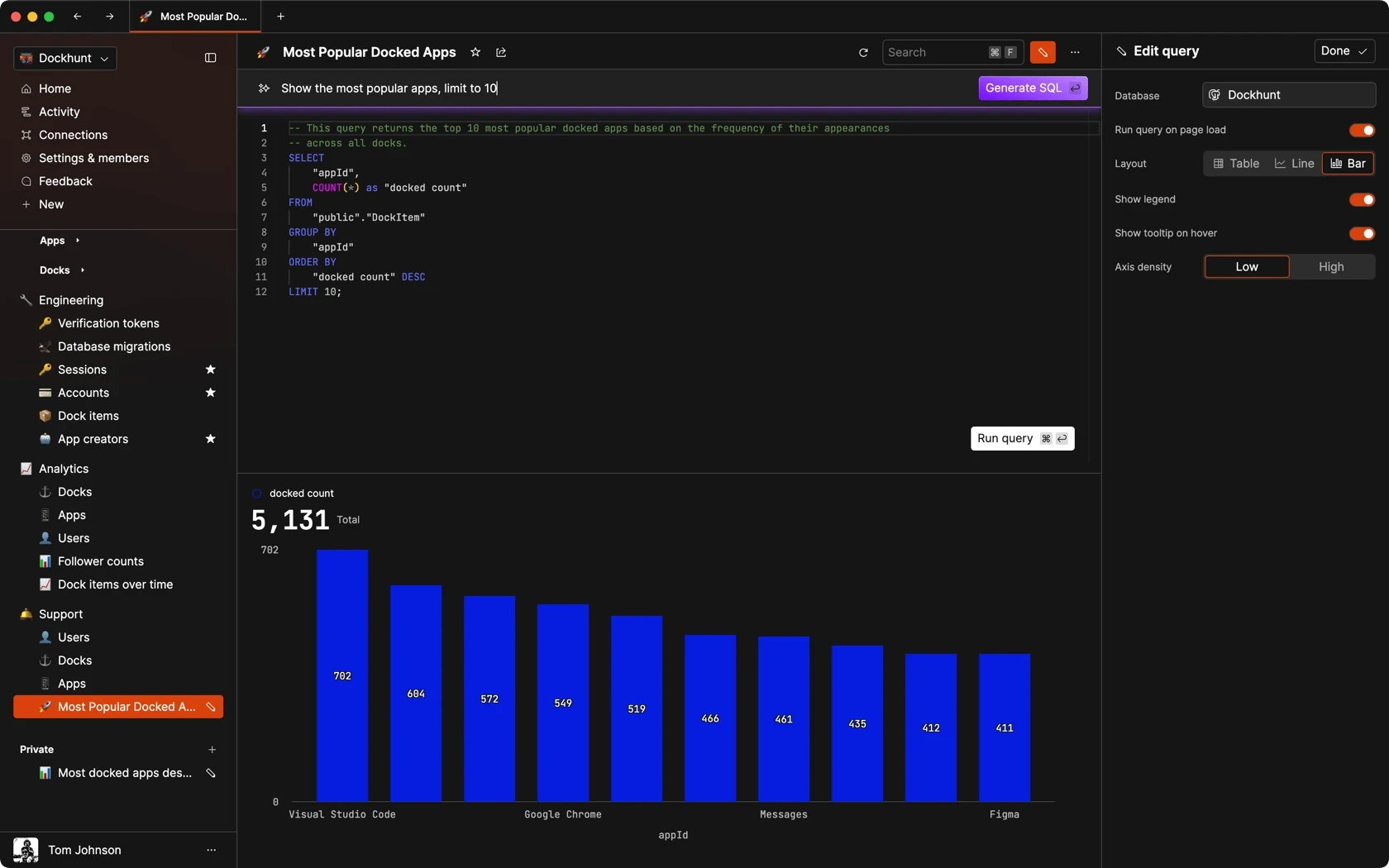
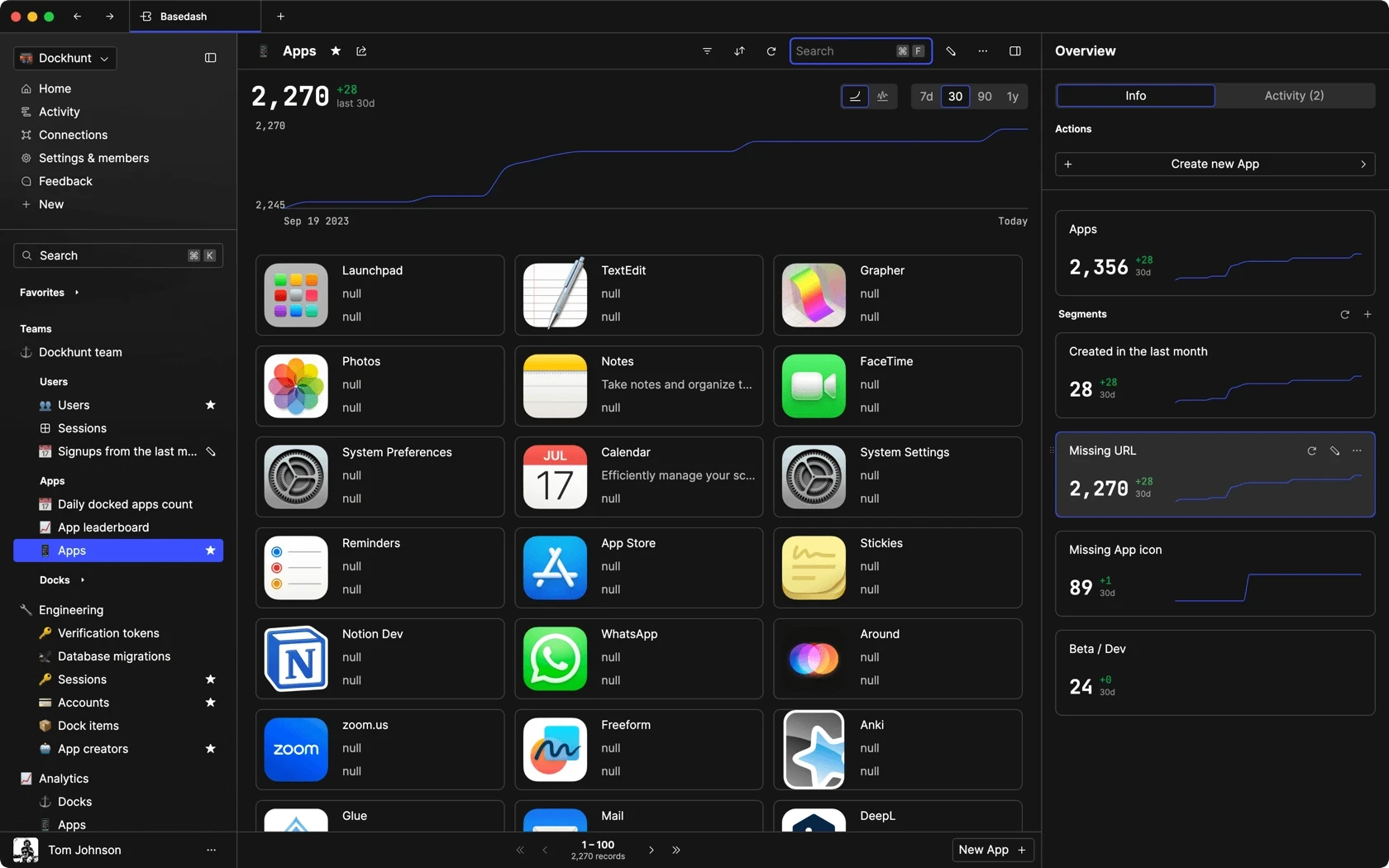

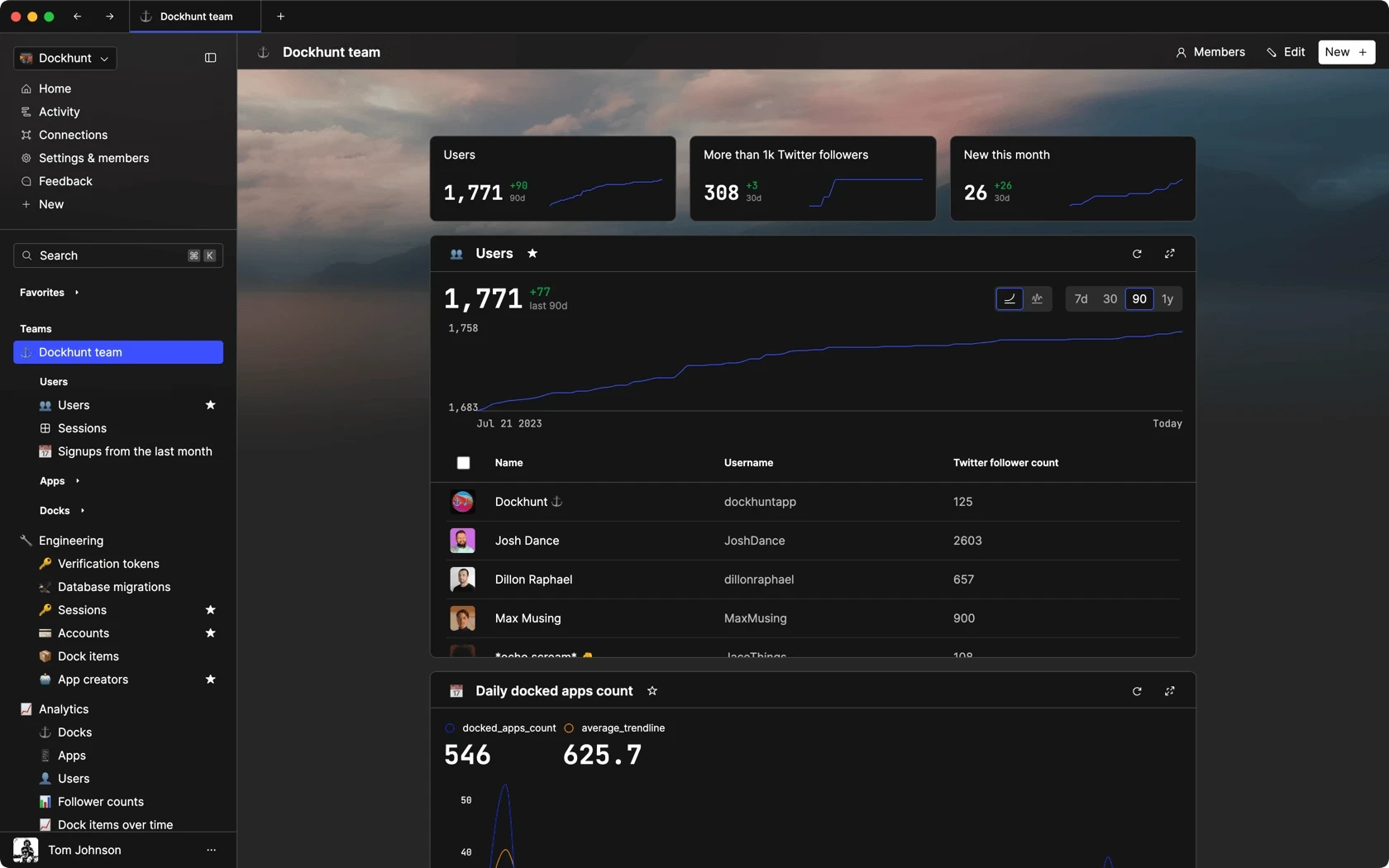
Dashboards and charts
Edit data, create records, oversee how your product is running without the need to build or manage custom software.
USER CRM
ADMIN PANEL
SQL COMPOSER WITH AI
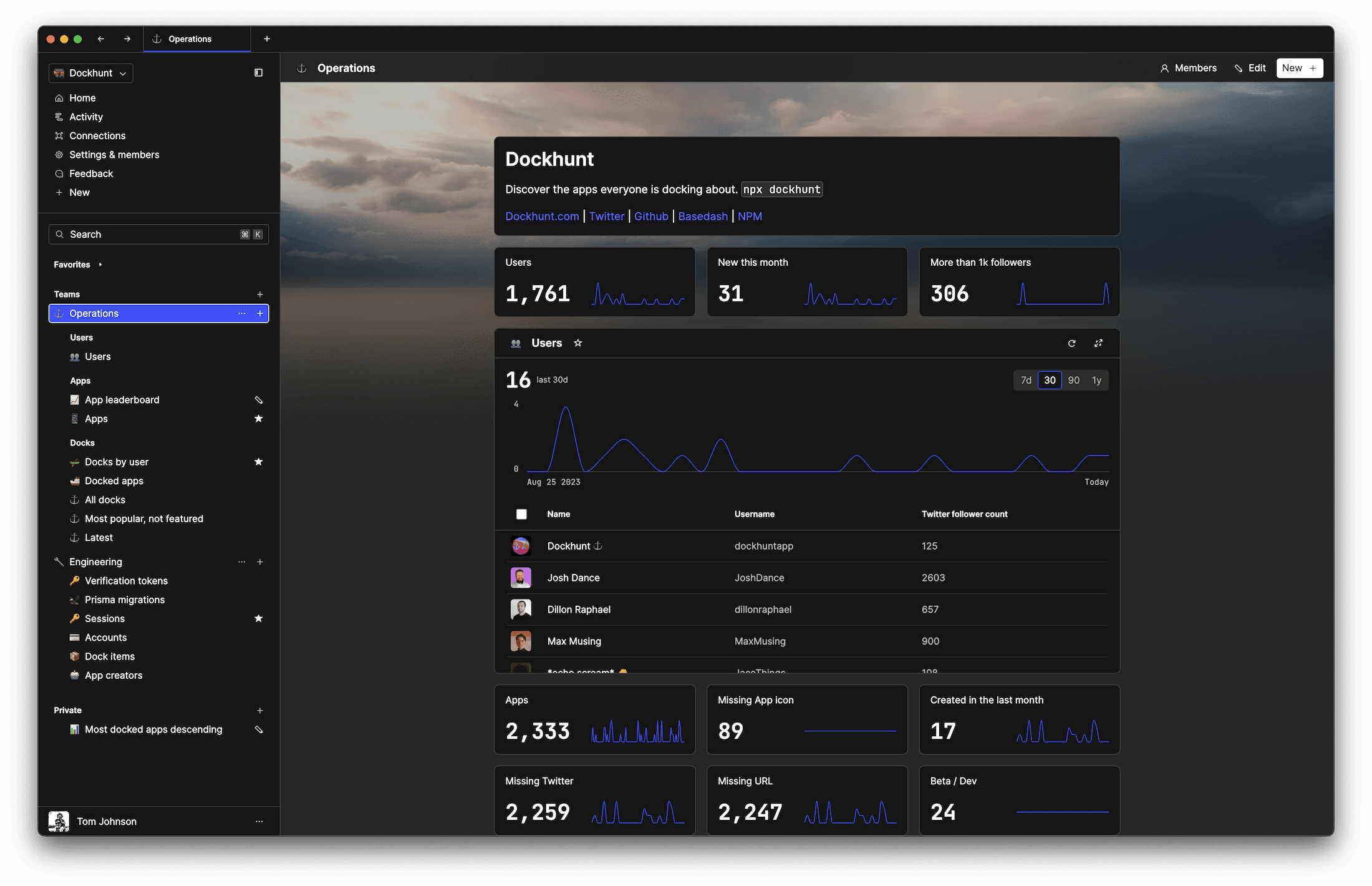
Related posts
Related posts
Related posts



How to Add Columns to MySQL Tables with ALTER TABLE
Robert Cooper



How to Add Columns to Your MySQL Table
Max Musing



Pivot Tables in MySQL
Robert Cooper



How to Rename a Table in MySQL
Max Musing



How to Optimize MySQL Tables for Better Performance
Robert Cooper



How to Display MySQL Table Schema: A Guide
Jeremy Sarchet
